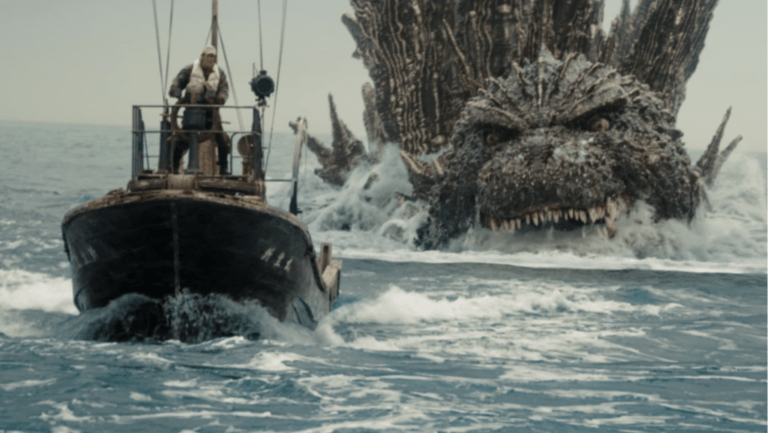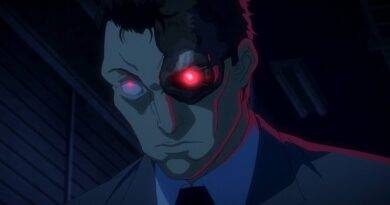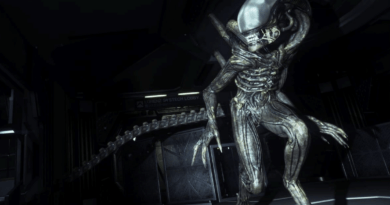
Godzilla Minus One review
Godzilla is a cinematic icon, with multiple different adaptations since his incarnation in 1954.
‘Godzilla Minus One’ is the latest look at the beast, with an adaptation from the Japanese director Takashi Yamazaki, and stars an all-Japanese cast with subtitles. But despite this potential language barrier, ‘Minus One’ delivers an emotionally resonant film that connects with audiences across the globe, with the core theme of respect for life and doing one’s duty and varied set pieces with Godzilla.
Ryunosuke Kamiki plays a kamikaze pilot, Kōichi Shikishima, and when there isn’t a huge monster onscreen, the film centers on him as he deals with his dishonour of coming back from the war and how he overcomes that. It’s a fear that’s encapsulated in Godzilla, as Shikishima’s inability to fire at Godzilla when ordered also led to the deaths of innocents.
The film manages to strike a perfect balance between monstrous destruction and an exploration into postwar Japan, and all of the scars that the war left on them. How both Shikishima and Japan move on with the trauma of the past is a core part of the film, crystalizing with the realization that fighting with blind patriotism in the war is part of what made them lose and that fighting for the people of Japan and their loved ones is what makes them win. It sounds cliched, but the film manages to avoid that.
For Shikishima, this person is Noriko Ōishi (Minami Hamabe), someone whom he ran into along with her adopted child, and took in. He falls in love with the pair, though can’t go through with asking her to marry him, something explained in a tense and intimate scene. It’s yet another example of the character scenes that make those involved in the film feel like ordinary citizens, instead of manufactured downtime when Godzilla isn’t present.
‘Minus One’ is crafted as an homage to the original ‘Godzilla’ film that came out nearly 70 years ago. The design of Godzilla is very reminiscent of the stubby design of the original monster from the 1950s classic. It’s a simple yet effective design proving that a complicated rendition of the creature isn’t needed to convey feelings of terror and scare the audience. This homage continues into how Godzilla acts, he’s no longer the misunderstood monster of the recent Western incarnations; he is an evil force that must be destroyed otherwise all of Japan will go through yet another apocalypse.
The destruction Godzilla causes is equal parts convincing as it is utterly terrifying in the action scenes. The film was made for a reported $15 million, but because it was used wisely and forced clever innovations, the film punches above its weight and looks just as good as some films with astronomically higher budgets.
Subtitles were the perfect idea for this film, as they preserve the original Japanese intent, and the actor’s emotion, which would have been lost had the film been dubbed over by Western voice actors. It does have the consequence of making some sequences slightly harder to understand and names harder to learn, but it doesn’t diminish the emotional connections that the audience forms with any of the characters in the film.
And that’s vital, because of the emotions in this film, the joy when the characters overcome adversity, the terror they feel when staring down Godzilla, or the sadness they experience loss, is important to its success, and it’s a testament to the performances onscreen and the writing that this was felt across languages. It shows that these can transcend cultural and linguistic differences, something that the film is perfectly poised to demonstrate.
An unexpected delight, ‘Godzilla Minus One’ proves once again that the size of the budget means nothing in comparison to the skill of everyone behind the camera and the actors onscreen. The action sequences are no slouch either, accurately conveying the horror of what’s happening during Godzilla’s rampages.



